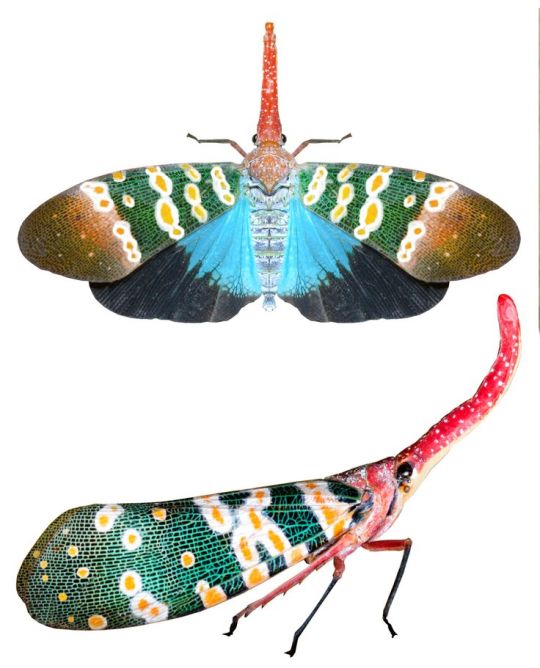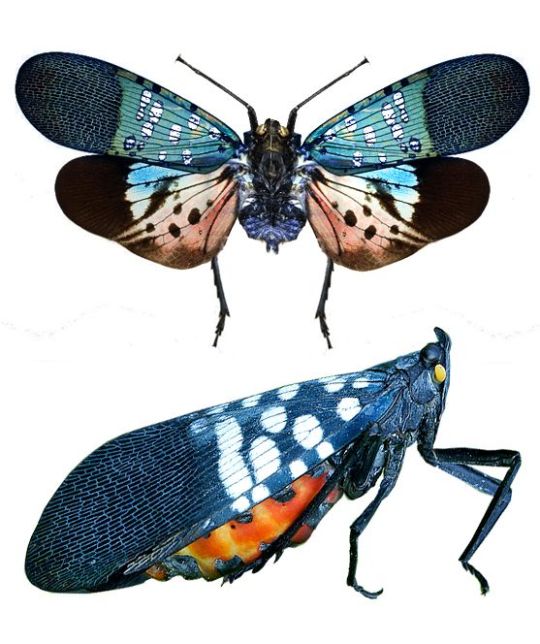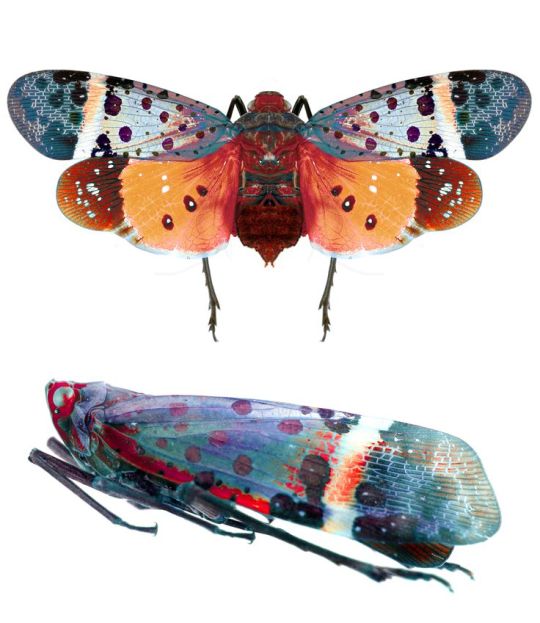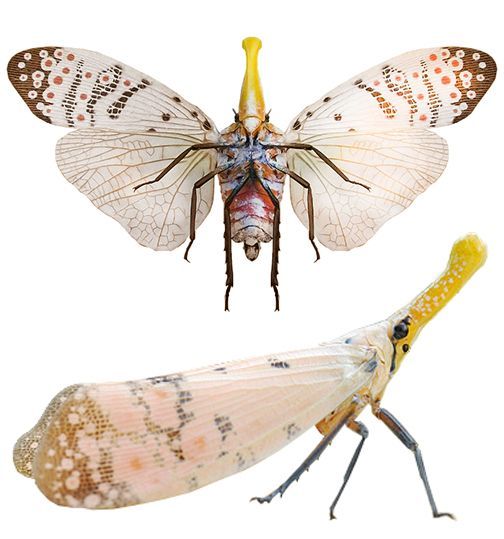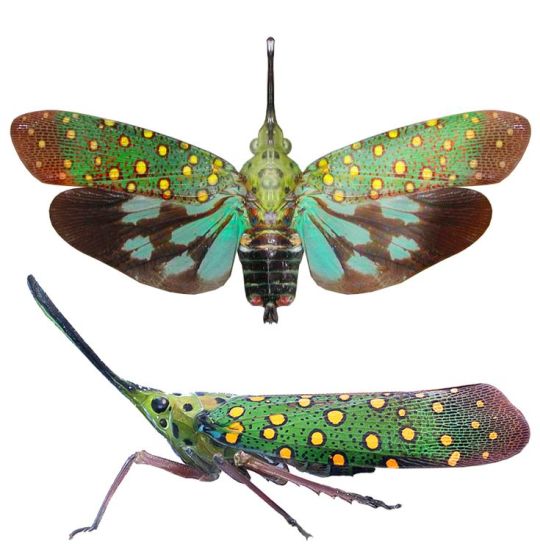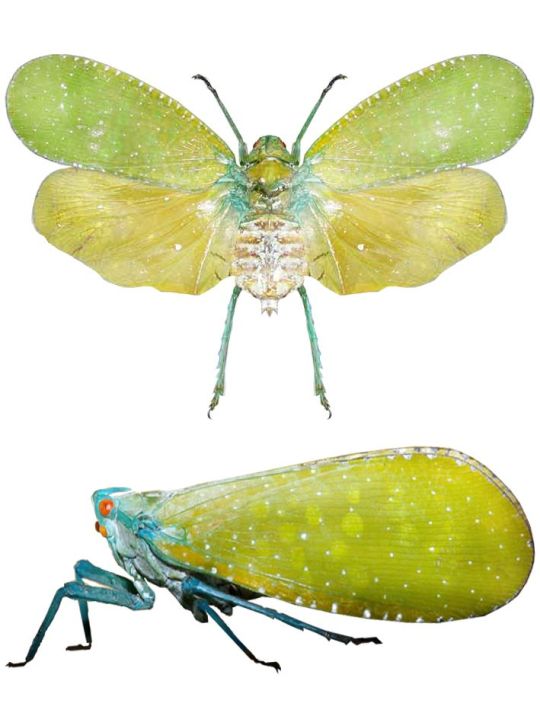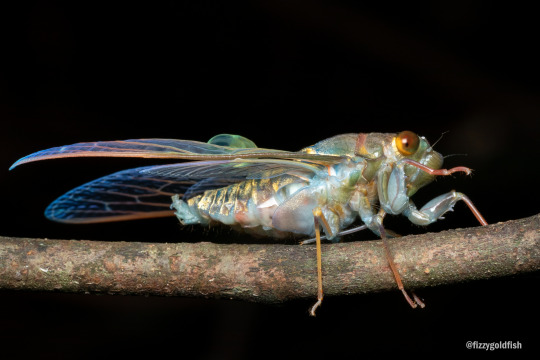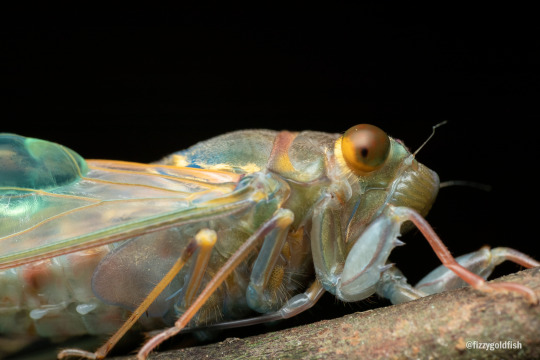Don't wanna be here? Send us removal request.
Note
I hope the fact this is more personal will make it specific enough, what are your personal favorite wings on any insect? What wings are you just like "that is so cool, those are the ones I would want as a bug"
Ohhh there are so many. But I think I'd have to go with any of the brahmin moths in the genus Brahmaea.

Photo by gancw1
526 notes
·
View notes
Text

Grand Duchess (Euthalia patala), family Nymphalidae, Chiang Mai, Thailand
photograph by Antonio Giudici
2K notes
·
View notes
Text

Adonis Blue (Lysandra bellargus) butterflies basking in the sun.
12K notes
·
View notes
Text

Wallace’s Flying Frogs (Rhacophorus nigropalmatus), family Rhacophoridae, found in SE Asia
The species can use their extensive toe webbing to glide or parachute from trees, in their dense forest habitat.
photographs by Virescence and Rushenb
3K notes
·
View notes
Text


citheronia regalis
regal moth
location: north america
x x
821 notes
·
View notes
Photo

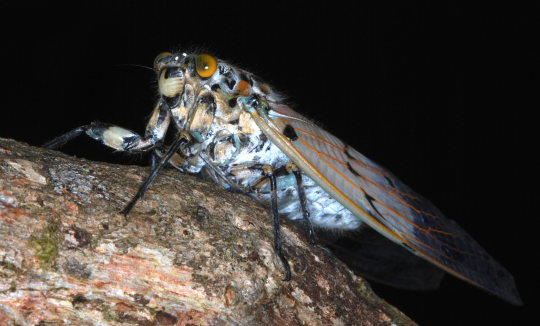



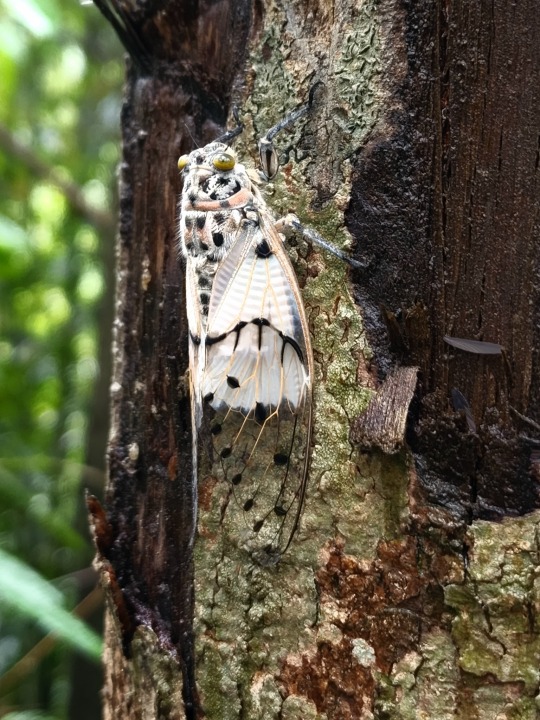

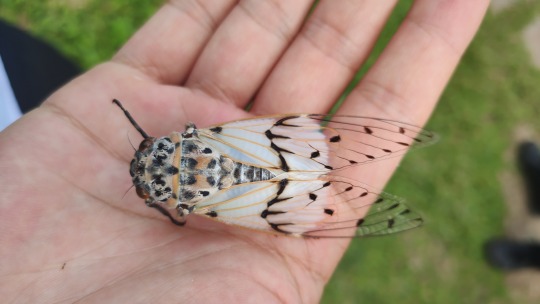
Milky cicada aka white ghost cicada, Ayuthia spectabile, Cicadinae (Translucent Cicadas)
Found in Southeast Asia
Photos 1-2 by Bernard Dupont, 3 by lungchris, 4 by yriassic85, 5 by jackychiangmai, 6 by nomascus, 7 by charliev, and 8 by liuguangyu
2K notes
·
View notes
Photo




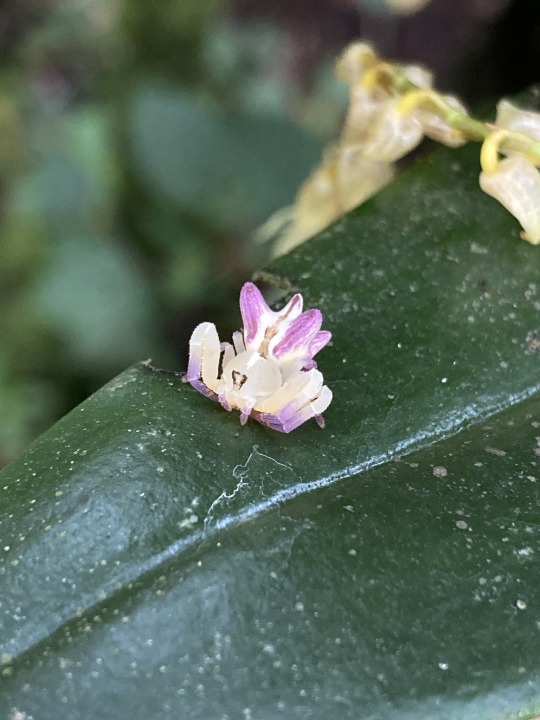
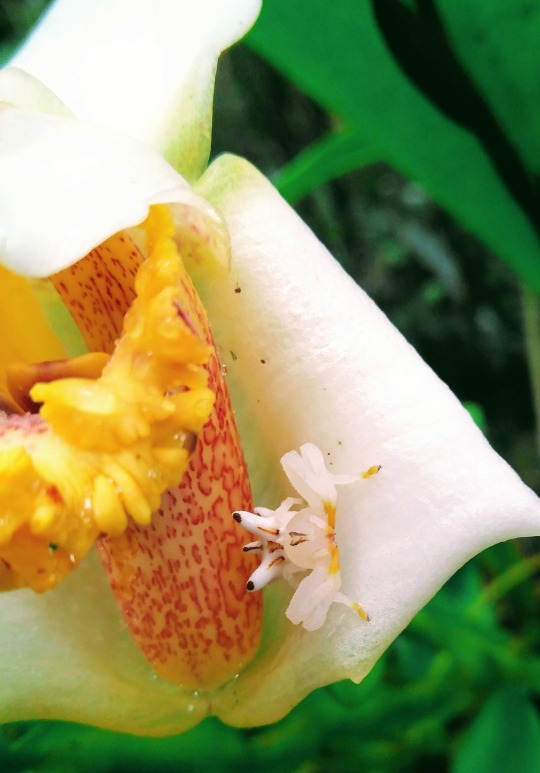

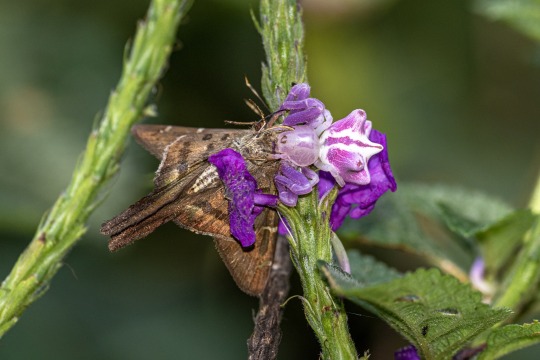


Seven-spined crab spider, Epicadus heterogaster, Thomisidae
Found in Central and South America
Photo 1 by jeanmartins, 2 by nonoauriz, 3-4 by eduardo_chacon, 5 by nbareschu, 6 by cristinarestrepo, 7 by belweyermanns, 8 by rumeltr, and 9-10 by rogerriodias
1K notes
·
View notes
Text


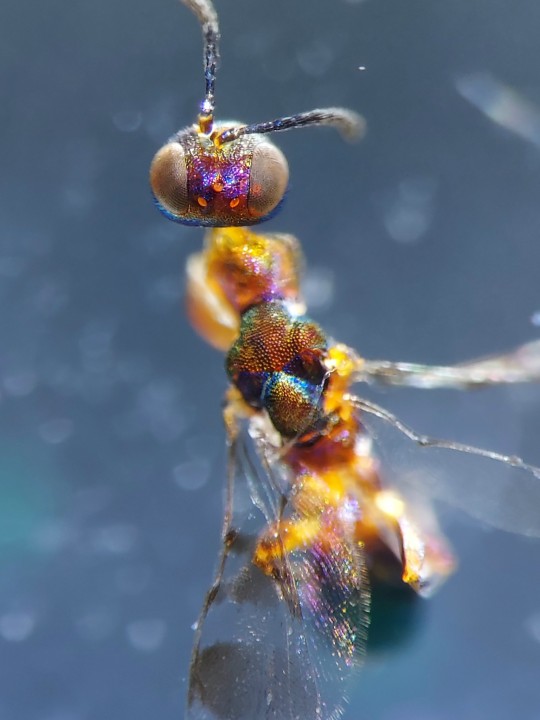
guys look at this lisa frank ass eupelmid wasp i found
181 notes
·
View notes
Note
Better ask, w h a t are true bugs and w h y do they have venomous probiscuses? Probusci? Drinky tube that butterflies have
The word "bug" originally just referred to the insect order Hemiptera, just as "beetle" refers to Coleoptera! Bugs can be shaped a little like beetles, too, but they have only slightly hardened forewings, they have no larval stage, and they're almost the *only* insect group whose mouthparts are fused into nothing but a single straw-like tube.

They also share these traits with the closely related "homoptera," which are the aphids, scale insects, leafhoppers, and cicadas!
To get an idea of just how unusual their fused mouth-tube is, here's a closeup of an assassin bug's:
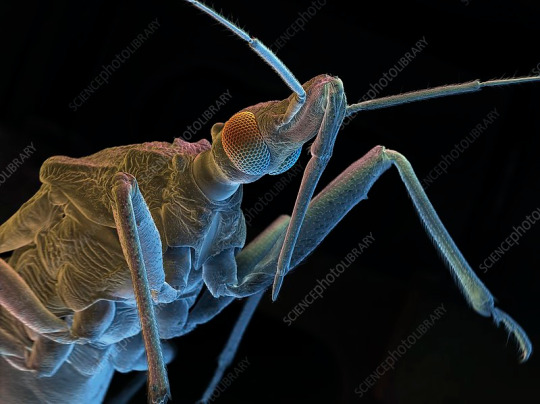
Literally JUST a spike! But other fluid-feeding insects still have complex multi-part mouths, like a mosquito's:
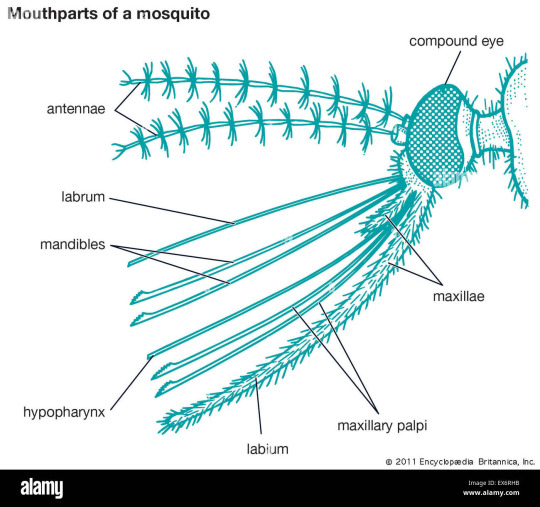
Many bugs are herbivores and just drink fluids from plant matter, but predatory bugs tend to inject venom and/or digestive enzymes into their prey first!
292 notes
·
View notes
Photo
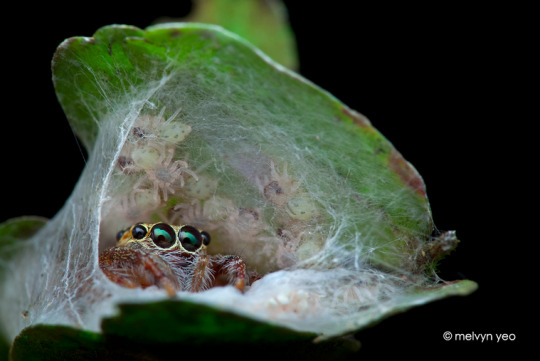
jumping spider mama and her babies
image source
4K notes
·
View notes
Photo



Encyrtid parasitoid wasp, Dicarnosis erythrocephala, Encyrtidae, Chalcidoidea
Some species of Encyrtid wasps exhibit a remarkable developmental phenomenon called polyembryony, in which a single egg multiplies clonally in the host and produces large numbers of identical adult wasps. Even more remarkably, some of the larvae are larger than the others and act in a similar way to the soldiers of eusocial insects, attacking any other wasp larvae already in the body of the host, and dying without reproducing (see: biological altruism).
Photographed in Arizona by froggy143
1K notes
·
View notes

